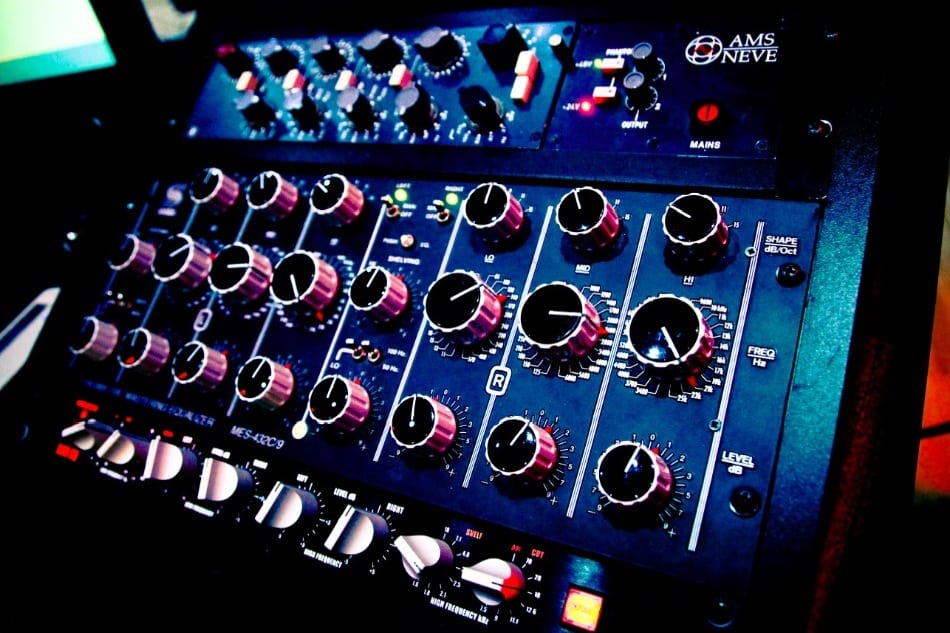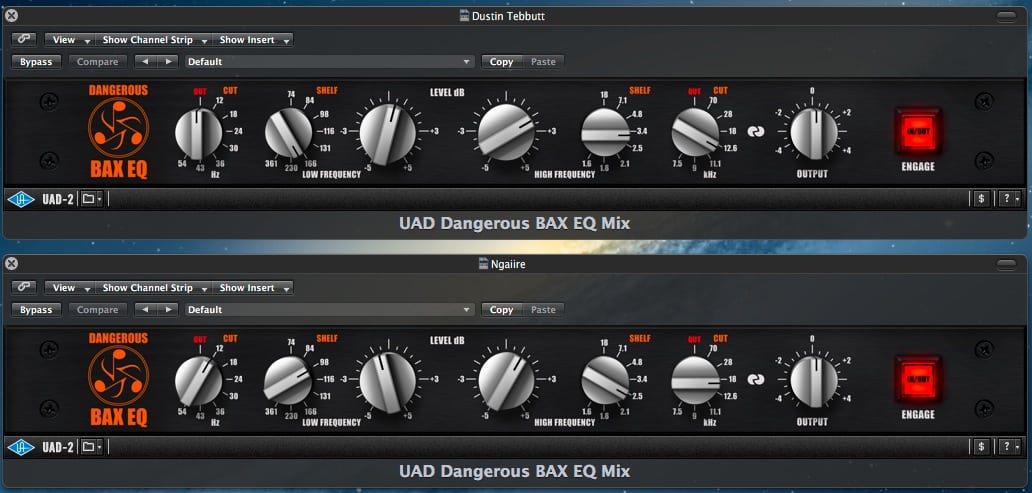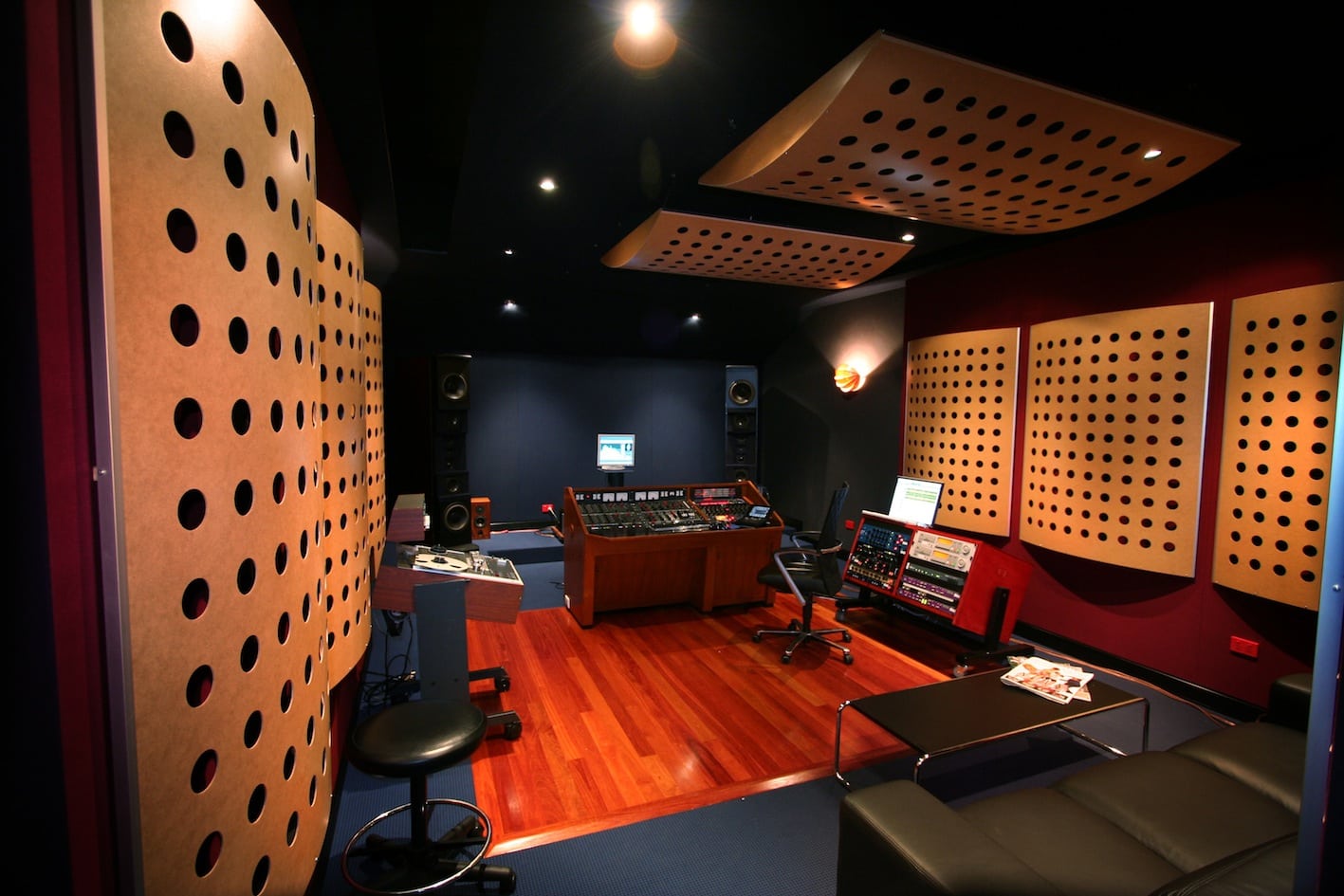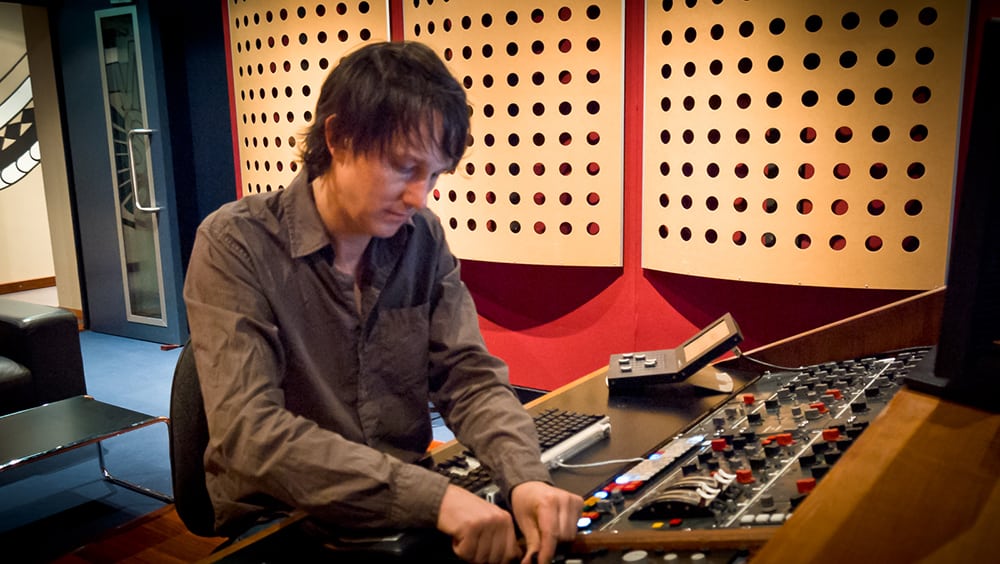To book Ben Feggans for a mastering session, visit our Online Mastering Booking page.
Dangerous BAX verses UAD BAX – Shootout.
The Dangerous BAX EQ was released in 2009 and is based on the famous “Negative Feedback Tone Control” by P. J. Bandaxall designed in the 1950s. This circuit is used in many hi-fi equipment bass and treble “tilt” controls. The advantage of these curves is that they of a constant shape, being very gentle and do not “flatten off” at the limits of their audio range. It is similar to using a standard shelving equalizer with an extremely wide “Q”.
In order to further shape the upper and lower ends of the spectrum, the Dangerous BAX also offers transparent 12dB/Oct high pass and low pass filters. The designer of the Dangerous BAX, Chris Muth, spent many years on the prototypes in well-known mastering studios in order to get the most suitable frequencies. The Dangerous BAX quickly became renowned as a transparent and un-obstructive tone control, with turn over frequencies that were highly tuned for mastering.
Having owned the Dangerous BAX hardware since they became available in Australia, I can confidently say it’s the one piece of hardware that I could not do without. I would happily pay the price for the high pass filter alone. It’s one of the few equalisers that can instantly tighten the low end without affecting the punch of the kick and bass. The 12Hz and 18Hz works wonders on an 808 kick drum. Admittedly I use the BAX more for cutting rather than boosting, and mostly in the low end, although the high shelf boost can be very clean and can add that extra sparkle on mixes if required.

It also works very well after another parametric equalizer such as the GML or Sontec, as you can boost the low end in the sub region then use the BAX high pass filter to cut the extreme subsonic frequencies that may cause smaller speakers to distort. Conversely, you can use a high shelf boost on the BAX and use the low pass filter to smooth the extreme top end and make it sound more natural.
It looks deceivingly simple yet can be very powerful once you understand the depth of what the curves are capable of. I would describe the sound of the Dangerous BAX equaliser as quite transparent; it has a hint of the modern Op-Amp sound giving it a slight mid forward texture, and is fast with no loss of transients.

Now Universal Audio have released the Dangerous BAX on their UAD-2 platform. I’m a big fan of the Universal Audio emulations, especially the Massive Passive, which I used to own; so there is no “analogue is better” bias in this comparison – I’m approaching this with an open mind. The one caveat is that Universal Audio outsourced this emulation to Brainworx in Germany, so it’s not quite the same team that coded the Massive Passive emulation.
In order to make the comparison equal, my methodology was to use the same signal chain for the software as the hardware. The UAD BAX went through an analogue loop out if the DAW via the Prism DA-2, through the Dangerous BAX in relay hardware bypass, and into the Prism AD-2. Then the UAD BAX was bypassed and the hardware BAX inserted into the chain. This was all recorded into sequoia as a 24-bit 48kHz file. I used a variety of material that were all mastered using the hardware BAX, including folk, acoustic, electronic, and hip-hop from artists Ngaiire, Dustin Tebbutt, Flume and Suburban Dark.

The results were then compared in Studios 301’s Mastering Suite 2 on the Duntech Sovereigns and Adam S2X’s.
Listening to the results, my immediate impressions were that the UAD version did not sound as transparent as the hardware. The high frequency shelf needed more boost on the software to sound like the hardware, and the low boost was more exaggerated on the software compared to the hardware, so I had to dial in less low end on the software for an accurate comparison. The hardware had more open, silkier highs and more tightness in the low end, especially when using the filters. Whatever settings I used, the UAD plug-in had a tendency to sound darker and thicker than the hardware, with much less perceived depth.

This is one of the main issues that I encountered using the UAD for mastering; the front to back depth was flattened, something which I always aim to retain or even enhance with mastering grade hardware. The stereo width was quite close. It sounds like the plug-in has tried to capture the essence of using hardware, yet this is precisely why the Dangerous BAX is so good – it doesn’t really have much of a sonic footprint. On complex material the UAD almost sounds compressed compared to the hardware.
I’m going to give an elusive non-scientific opinion, but the software just doesn’t have the same subtleness or musical involvement as the hardware.
The UAD BAX does have some more tricks up its sleeve, as you can use the equaliser in mastering mode, enabling mid/side processing. This enables you to cut or boost the mid or side channels separately and opens up the BAX for many more possibilities, especially on problem mixes. For example, you can strengthen the kick or snare on the center channel without affecting the panned instruments in the stereo channel. Conversely, you can tame a panned high hat or sibilance in the out of phase whist not affecting the center channel. This is one advantage of the UAD BAX.
So by now you may have gathered that I’m rather fond of the Dangerous BAX hardware, and not so taken by the UAD BAX. I just don’t think Brainworx have nailed this emulation. After recording and comparing the files on a variety of systems, I would say that the average listener could probably not tell them apart. That may be good enough in online mixing situation. However, in a mastering studio you always want that 5-10% improvement, and this is where software emulation falls short.
Written by Ben Feggans.
Ben is one of our 5 resident mastering engineers, and works in Mastering Suite 2.
To book Ben Feggans for a mastering session, contact Lynley via mastering@studios301.com or 02 9698 5888.

Leave a Reply